#Wien Museum
Text


Details from a floral still life by Karl d. Ä. Schweninger (Austrian, 1818—1887)
#Art#painting#classical art#nature#flowers#art detail#art history#historical art#painting detail#floral art#roses#birds#austrian art#art#wien museum#Karl Schweninger#19th century art
5K notes
·
View notes
Text
Ingyenes és inkluzív - hamarosan nyit a Wien Museum
Ingyenes és inkluzív - hamarosan nyit a Wien Museum
Csaknem négy év felújítás után, 2023. december 6-án újra megnyitja kapuit a látogatók előtt Bécs helytörténeti múzeuma, a Wien Museum. Az inklúzió és akadálymentesség jegyében újragondolt és felújított kiállítóhely állandó tárlatát ingyen lehet megnézni.
„Nem privilégiumnak, hanem jognak kell lennie, hogy az ember hozzáférhessen mindahhoz a tudáshoz, amelyből megismerheti annak a városnak a…

View On WordPress
27 notes
·
View notes
Text

On spot, 2024
#photographers on tumblr#original photographers#original photography#fujix100v#x100v#vienna#streetphotography#minimal photography#wien museum
8 notes
·
View notes
Text
Underskirt - Around 1874


Materials: Chiffon, button, whalebone, flounce
Source: Weltmuseum Wien
5 notes
·
View notes
Text



Beige Ball Gown, ca. 1865, Probably Austrian.
Wien Museum.
#extant garments#silk#cotton#womenswear#wien museum#19th century#dress#austria#Austrian#beige#ball gown#evening#1865#1860s#1860s dress#1860s austria#fave
16 notes
·
View notes
Text
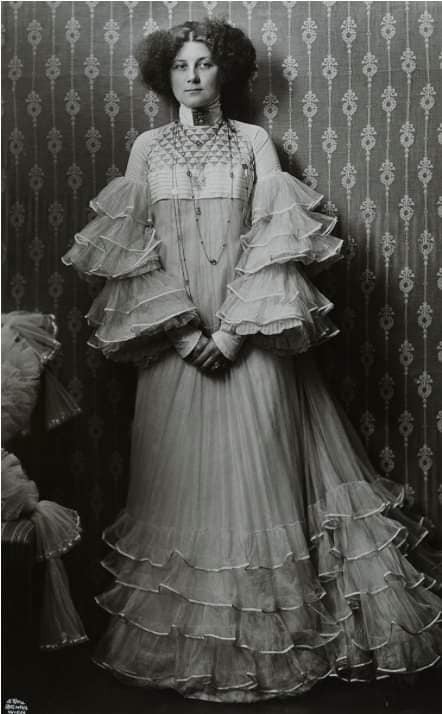
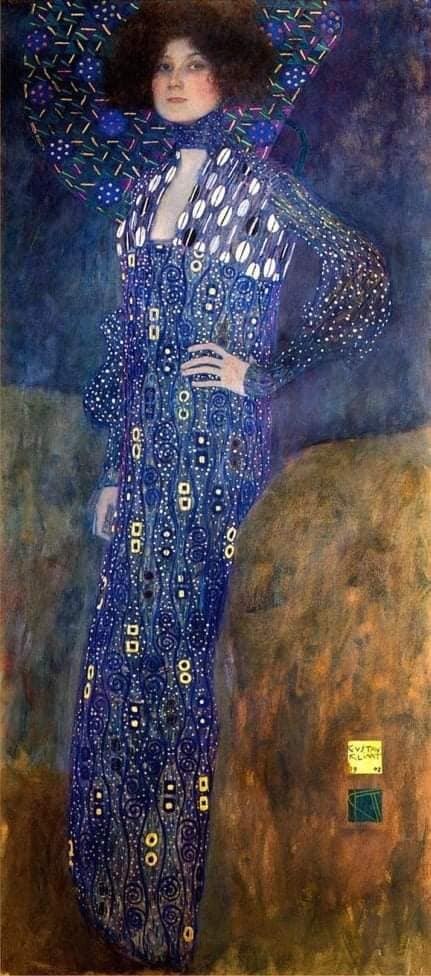
Gustav Klimt (Austrian, 1862-1918)
Portrait of Emilie Flöge, 1902)
Oil on canvas, 181 x 84 cm
Wien Museum, Vienna, Austria
26 notes
·
View notes
Video
Max Kurzweil: Dame in Gelb, 1899. Wilhelm List: Bild in Weiß-Schwarz, 1904 by Anita Pravits
Via Flickr:
Öl auf Leinwand / oil on canvas Wien Museum, Vienna
1 note
·
View note
Photo

“Domestication”
Nighttime Reveals the Inner Vitality of Reskate’s Dynamic Glow-in-the-Dark Murals
By day, Reskate Studio’s bold, deceptively simple murals outline the forms of rope, a mountain, or a dog in a neutral palette. When the sun sets, though, an entirely new image emerges from within the unassuming motif. María López and Javier de Riba, who work collaboratively as Reskate, continue to paint bold, light-sensitive works as part of their ongoing Harreman Project (previously). The artists say their intention is “to try to light up dark corners of cities, both installing new lights and encouraging citizens to interact with the wall—painting with light on it.”

“Domestication,” Wien Museum, Vienna, Austria
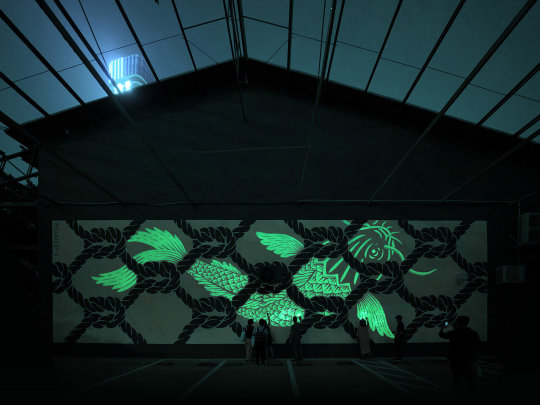
Nighttime view of “Connectivity,” Shenzhen, China

Daytime view of “Connectivity”
#reskate studio#mural#street art#artist#art#glow-in-the-dark murals#maria lopez#javier de riba#harreman project#wien museum#vienna#austria#shenzen#china
1 note
·
View note
Text
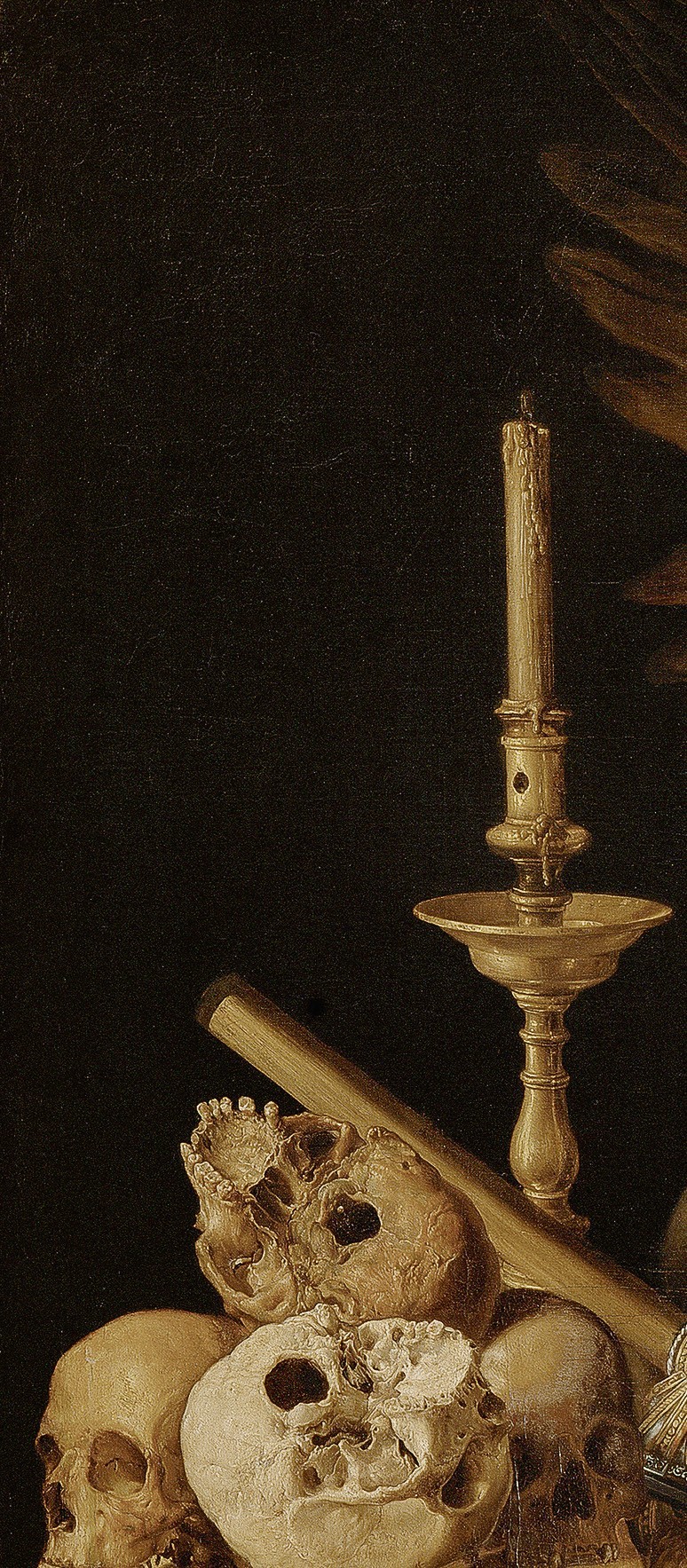


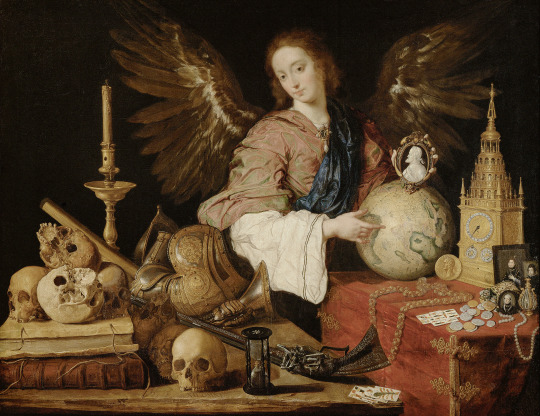
#art#oil on canvas#painting#vienna#candle#globe#angel#playing cards#hourglass#allegory#allegorie der vergänglichkeit#kunsthistorisches museum wien#antonio de pereda y salgado#books#armor#flintlock rifle#vanitas#vanitas still life#masterpiece#spanish art
418 notes
·
View notes
Text

ph. Danko Maksimovic - Vienna, Austria (2022)
Film: Kodak Portra 800
#film photography#analog photography#danko maksimovic#35mm#vienna austria#Kunsthistorisches Museum Wien
292 notes
·
View notes
Text

From the Amduat papyrus of Khonsumes. The tree goddess is a common motif, but apparently it's rare to see Ra-Horakhty being worshipped on these papyri.
Where: Kunsthistorisch Museum Vienna
When: Third Intermediate Period, 21st Dynasty
#Ancient Egypt#papyrus#Amduat#tree goddess#Ra Horakhty#Kunsthistorisch Museum Wien#Third Intermediate Period#21st Dynasty#Khonsumes
117 notes
·
View notes
Text
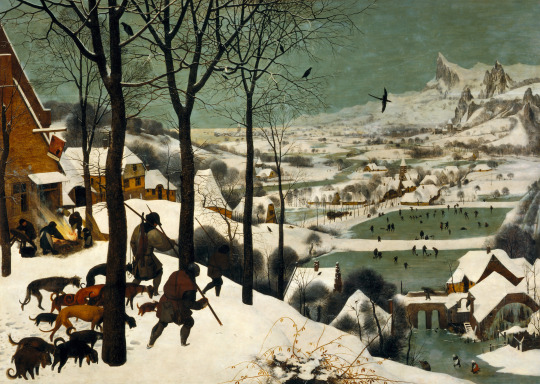
The Hunters in the Snow (1565)
🎨 Pieter Bruegel the Elder
🏛️ Kunsthistorisches Museum Wien
📍 Vienna, Austria
In the late 16th century, the Antwerp banker Niclaes Jongelinck owned one of the most important painting collections in the Netherlands. He commissioned Bruegel to create a series of six seasonal paintings, the last of which is shown here. The series also included: Gloomy Day (Early Spring; KHM, GG 1837), Spring (now lost); Hay-Harvest (Early Summer; Nelahozeves Castle, Czech Republic, Lobkowitz Collection); The Harvesters (Late Summer; New York, Metropolitan Museum of Art); Return of the Herd (Autumn; KHM, GG 1018). For the composition of this series, Bruegel, who today is regarded as the most progressive landscape painter of the 16th century, followed an older tradition that divided the year, beginning on 1 March, into six unequally long seasons. What all the compositions have in common is the so-called balcony motif, i.e., the depiction of a hill in the foreground from which an overall view of the landscape unfolds. On top of the hill a group of hunters accompanied by a pack of dogs is seen, making their way back to the village below. Their catch is poor: a single fox dangling from the spear the hunter on the left carries on his shoulder. To the hunter’s left, Bruegel added a motif that had been used forquire some time in book illumination for depicting the month of December: the preparations for singeing a pig over an open fire outside a building. The damaged sign hanging above them reveals the name of the inn: “dit is inden Hert”, meaning “To the Deer” – a well-aimed passing shot. Entertaining details, such as the people ice-skating on the frozen lakes, have contributed to the painting’s enormous popularity. However, it does not owe its significance in art history to its details but rather to the overall impression conveyed by the coloration and composition. With virtuosity and consistency Bruegel evokes the impression of cold: white, blue-green and brown are the dominant colours. The precise silhouette of the trees, the frozen mill-wheel at the lower right and the icy surface of the snow revealed by the hunters’ footprints blend together to convey the fundamental characteristics of winter. The scene is an invented, universally formulated landscape: the combination of a chain of Alpine mountains with Flemish architecture renders pointless any search for reality.
#The Hunters In The Snow#Pieter Bruegel the Elder#Kunsthistorisches Museum Wien#Vienna#Austria#Renaissance#Northern Renaissance#Dutch Renaissance#Flemish Renaissance#art#artwork#art history#Jagers in de Sneeuw#flemish#oil on wood#oil painting#painting#Twelve Months#genre painting#Flemish Mannerism
33 notes
·
View notes
Text

Portrait of the Infanta Maria Theresa of Spain (c. 1653) by Diego Velázquez. Kunsthistorisches Museum.
#diego velazquez#diego velázquez#velazquez#17th century#17th century art#17th century painting#17th century fashion#renaissance#spain#españa#kunsthistorisches museum#vienna#wien#austria#österreich#habsburgs#european royals#spanish art#spanish painter#female portrait#painting#female portrayal#europe#european art#historical fashion#fashion#1650s#art history#european royalty
28 notes
·
View notes
Text
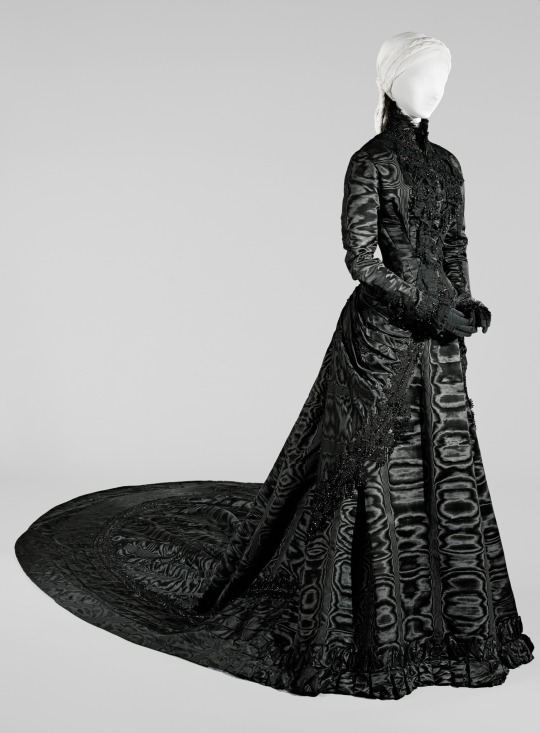

Black Moire Silk Court Dress with Jet Beads, ca. 1885, Austrian.
Worn by Empress Elisabeth ‘Sissi’ of Austria.
Kunst Historisches Museum Wien.
#empress sissi#kunsthistorisches museum#womenswear#extant garments#dress#19th century#austria#1885#1880s#1880s extant garment#1880s dress#black#1880s austria#empress elisabeth of austria#Kunst Historisches museum Wien#khmw
1K notes
·
View notes
Text

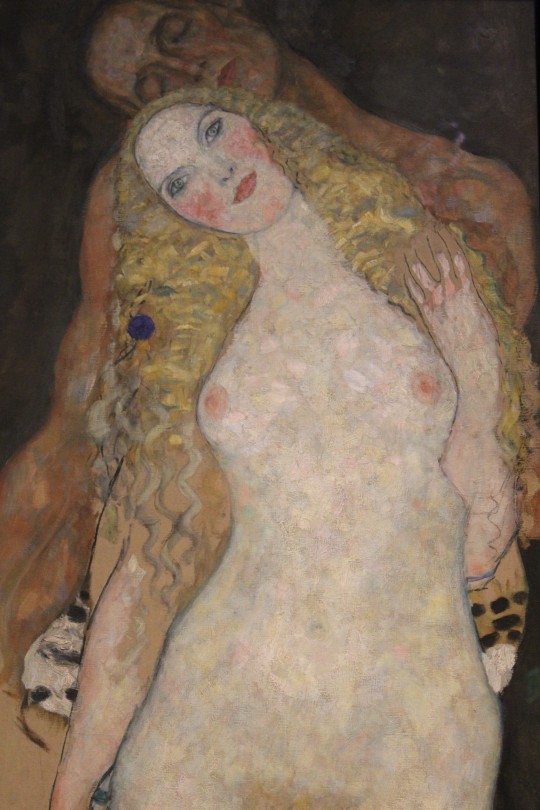
Gustav Klimt, Adam und Eva, 1917
Belvedere Museum Vienna
September 2023
#painting#klimt#gustav klimt#gold#golden#picture#museum#vienna#wien#austria#belvedere#art#art history#artwork#museums#belvedere museum
126 notes
·
View notes
